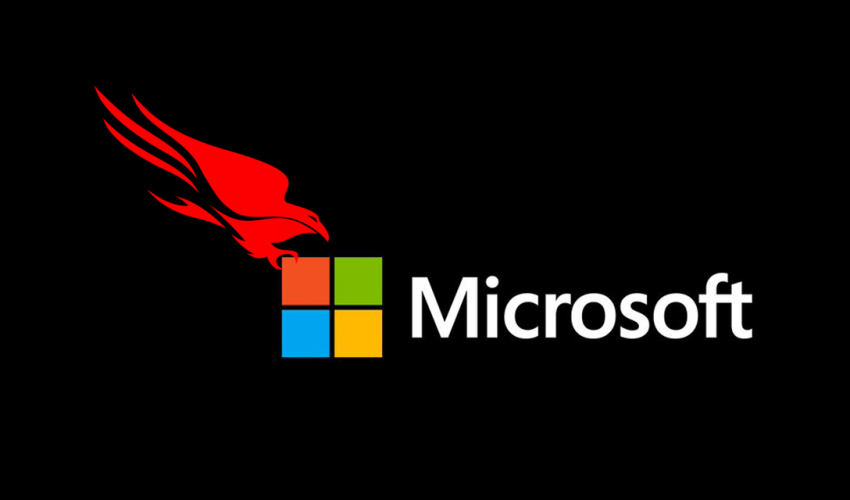On July 19, 2024, the tech world experienced a double shock as two significant outages disrupted operations across the globe. Both Microsoft Azure and CrowdStrike faced issues that not only caused widespread inconvenience but also underscored the critical importance of reliability and communication in cloud and cybersecurity services.
Incident Summaries:
Microsoft Azure Outage:
- A software update aimed at improving system performance led to a significant outage in Microsoft Azure cloud services.
- Businesses and organizations relying on Azure faced issues accessing their applications and data, causing operational delays.
- Microsoft apologized for the inconvenience and committed to enhancing system resilience and improving communication during such incidents.
CrowdStrike Outage:
- A faulty update in CrowdStrike’s Falcon Sensor product caused Windows computers to crash, resulting in the Blue Screen of Death and boot loops.
- The issue impacted numerous companies globally, including major organizations like Sky News, airports, businesses, and media outlets.
- Microsoft acknowledged the situation and began investigating the impact on its cloud services and various apps.
- CrowdStrike’s engineering team is working to resolve the issue, with a workaround involving Safe Mode booting and file deletion suggested for affected users.
Impact on Businesses and Organizations:
The simultaneous occurrence of these outages wreaked havoc across the United States and beyond. Numerous businesses, critical services, and media outlets faced operational disruptions, highlighting the vulnerabilities inherent in modern IT environments.
Key Points of Concern:
Reliability of Cloud and Cybersecurity Services:
- The Microsoft Azure outage has raised questions about the reliability of cloud platforms, especially as companies increasingly depend on these services for critical operations.
- The CrowdStrike incident has similarly brought to light the importance of thorough testing before releasing updates to prevent widespread disruptions.
Complexity and Interdependence:
- These incidents illustrate the complexity and interdependence of modern software environments. A single update failure can cascade into massive disruptions affecting numerous systems and services.
Communication and Response:
- Effective communication during outages is vital. Both Microsoft and CrowdStrike have emphasized their commitment to improving how they inform and support customers during such events.
- The need for clear, actionable guidance during incidents cannot be overstated, as seen with CrowdStrike’s suggested workaround for affected users.
Resilience and Contingency Planning:
- Businesses must ensure robust contingency plans are in place to handle potential service disruptions. This includes regular backups, alternative systems, and understanding the SLAs provided by their service providers.
- Cybersecurity professionals stress the importance of swift, efficient responses to mitigate disruptions in large-scale IT environments.
Industry Implications:
These dual outages serve as a critical wake-up call for the tech industry. They highlight the need for:
Enhanced Testing and Validation:
- Rigorous testing and validation of updates before deployment are essential to minimize the risk of such disruptions. Both cloud and cybersecurity providers must prioritize this to maintain service reliability.
Improved System Design:
- Designing systems for resilience, with redundancy and failover mechanisms, can help mitigate the impact of outages. The industry must continuously evolve to address the challenges posed by increasingly complex software environments.
Better Customer Communication:
- Transparent and timely communication during outages helps manage customer expectations and provides necessary support. Clear protocols for informing and guiding users are crucial.
Call to Action:
In light of these incidents, industry professionals need to re-evaluate their strategies for cloud and cybersecurity services. Here are steps to consider:
Review and Strengthen Cloud Architecture:
- Ensure your cloud infrastructure is designed for resilience. Evaluate redundancy and failover mechanisms to handle potential disruptions effectively.
Enhance Communication Protocols:
- Work with your service providers to establish clear communication protocols during outages. Understand how they will inform you of issues and what steps they will take to resolve them.
Invest in Training and Preparedness:
- Equip your IT teams with the knowledge and tools to manage and mitigate the impact of service disruptions. Regular training and preparedness drills can help.
Engage in Industry Collaboration:
- Participate in industry forums and discussions to share experiences and learn from others. Collaboration and knowledge sharing can lead to better strategies for service reliability.
Continuous Improvement:
- Adopt a mindset of continuous improvement for your cloud and cybersecurity strategies. Regularly review and update plans to adapt to new challenges and technologies.
The Microsoft Azure and CrowdStrike outages are stark reminders of the importance of reliability and communication in cloud and cybersecurity services. As demand for these solutions grows, so does the need for robust, resilient systems capable of handling complex environments. By learning from these incidents and taking proactive steps, we can enhance the stability and reliability of cloud and cybersecurity services, ensuring they meet the high expectations of businesses and consumers alike.
